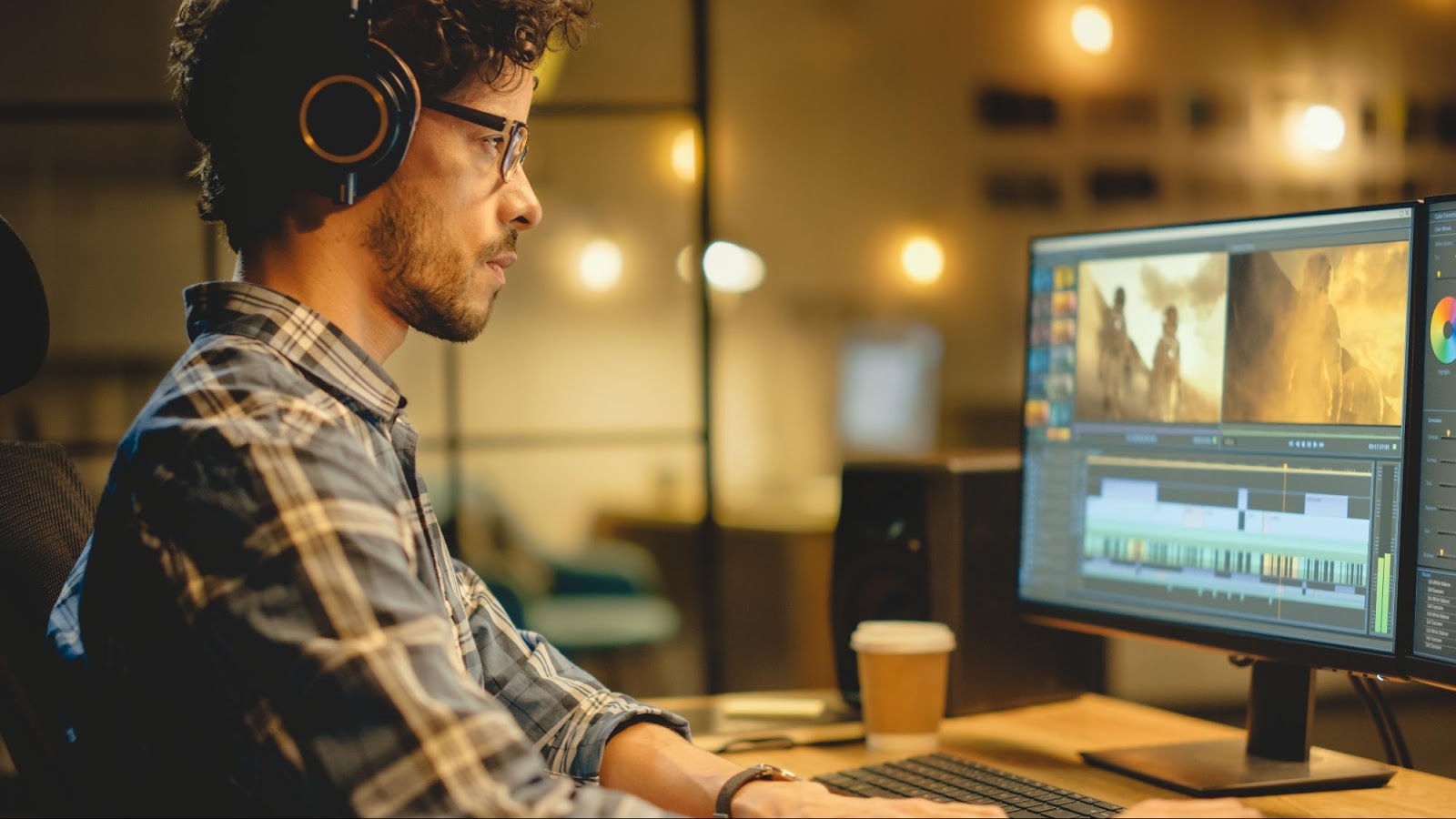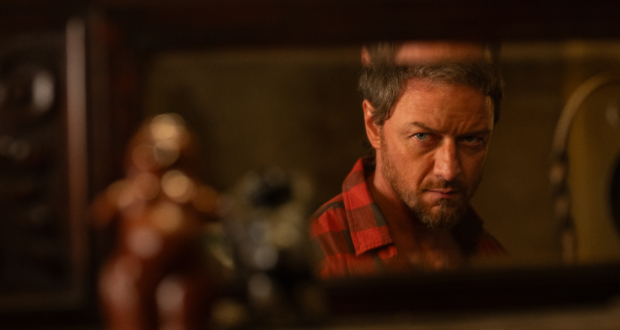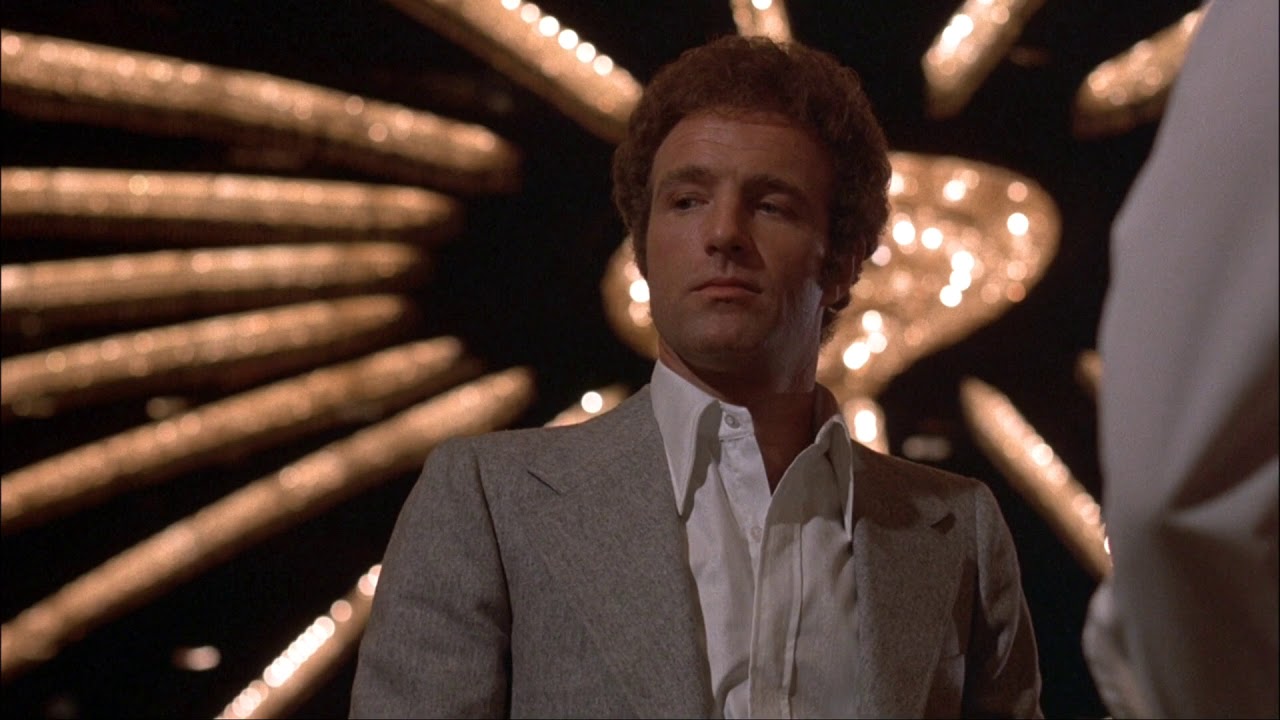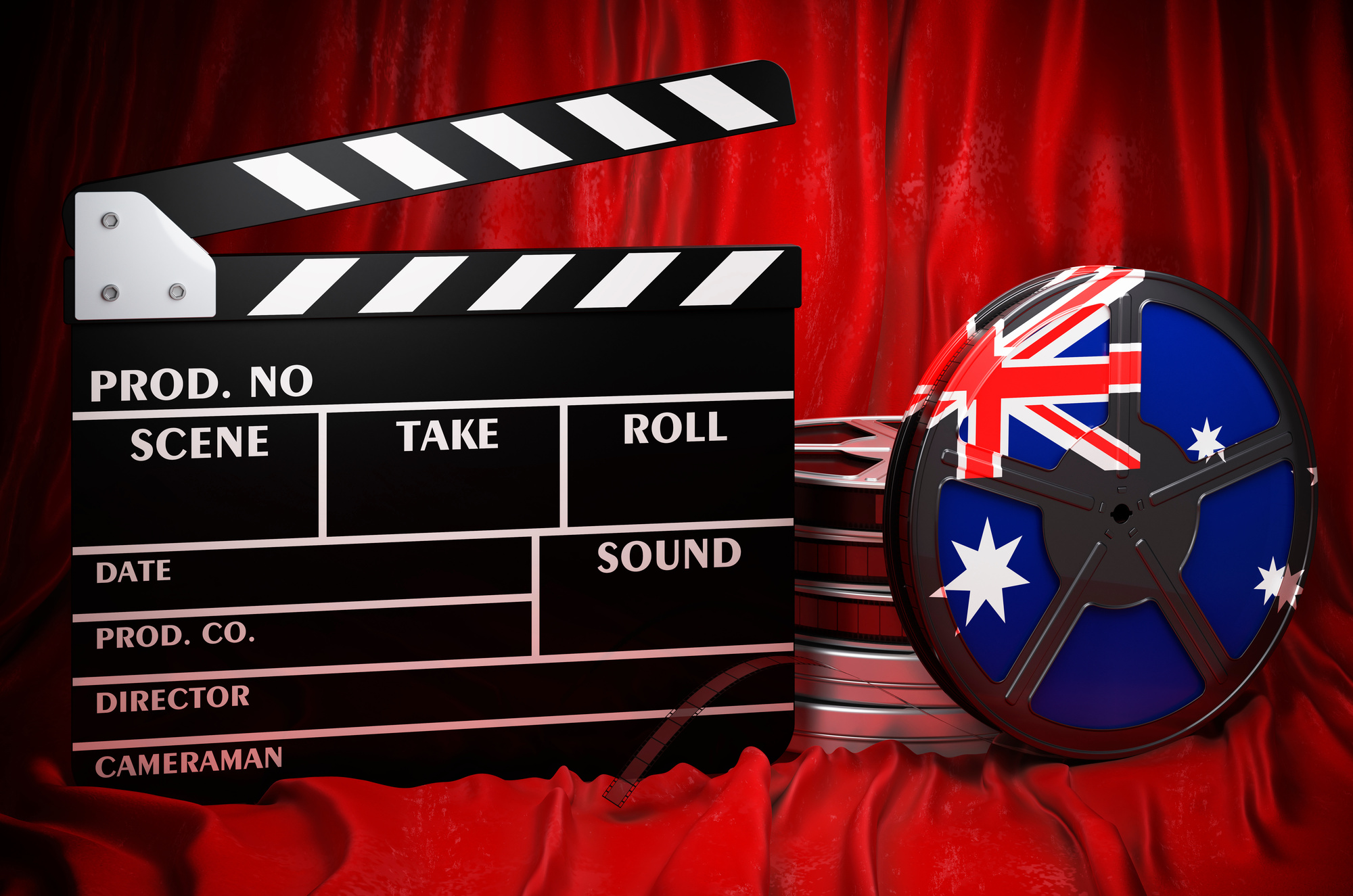Have you ever envisioned an entire intricate story within your mind and wished you could bring it to life in film? You may have grabbed your video camera, set the stage as best you could, called upon your friends to take the lead roles, and tried your hand at computer-generated imagery (CGI). While your efforts may be strong, you may face disappointment when viewing the final product.
Capturing complex ideas (or even simple ideas) can be difficult if you’re unable access to the correct equipment, setting, props, and technologies. You may sit back and appreciate your own homemade creation or you may desire for it to truly live up to its potential. This is where stock video might come in handy.
What is stock footage?
It’s important to understand the basic concept of stock footage before diving in. In simple terms, “stock video” refers to pre-filmed content of a typically short nature, ready to be used for your next project. The footage available generally covers any and every genre, depending upon your needs, and is provided by film productions/agencies such as Filmsupply.
Filmsupply, in particular, is proof of the ever-growing quality seen in stock footage as of late. This boost in standard is considered to be a result of the high demand for stock video as well as the types of projects the clips are being used for.
The aforementioned company, for example, partners with leading filmmakers to bring top-tier cinematic footage to you through their highly curated catalog. The available clips are also from award-winning short films, which brings to light the ability of creatives to turn their innovative ideas into a reality.
It’s also important to note that the stock footage industry is split up into two different business models: subscription-based and per clip. (1)
Subscription-based providers may be better suited to you if you’re a frequent user of stock footage. Per-clip, on the other hand, may be enough if you’re only using stock video for a one-off project.
Why might you need to use stock videos?
There are several reasons as to why you might choose to invest in stock footage rather than relying upon your own devices. For example, if you wish to set your film in another country such as Iceland but don’t have the means to actually travel there and capture some scenic shots yourself, stock video may be your only option. It may even prove superior to anything you could film if you were able to do so. Popular reasons for using stock video may also include:
- contextualizing the storyline,
- unable to capture the “unfilmable” yourself,
- inability to implement CGI,
- saves money and time,
- saves on resources,
- ready-made and easy to apply,
- several themes and concepts available, and
- high-quality samples. (1) (2)
What might you use stock videos for?
There a myriad of projects you could consider improving or complementing with stock footage. You may even create your entire piece with the latter. For educational purposes (school projects), for example, you may choose to contextualize your assignment with relevant clips that you’d otherwise struggle to get your hands on or simply use them as a background accent underneath your well-articulated words for oral presentations.
You may choose to utilize the footage to boost your social media presence or even add them to your website to add a little flair and intrigue. Other uses include documentaries, short films, music videos, and the like. It’s essential, however, to understand the terms of licensing before completing any of the latter in order to ensure that your use is legal and accepted.
Licensing
Each production agency will offer varying pricing/licensing options for you depending, on your requirements. Some may offer lower-end licenses that cover basic uses such as work meetings and training videos. Middle-range licenses may cover social media use, in-store promos, and/or web ads. While other more extensive license plans will cover TV commercials, films, and video games. (3)
It’s vital to understand what sort of licensing you’re purchasing in order to understand what you’re allowed to use it for. Types of licenses could cover:
- commercial use,
- royalty free (non-exclusive use),
- extended license,
- rights-managed (exclusive use), or
- blanket licenses (can be used for anything) (1) (2)
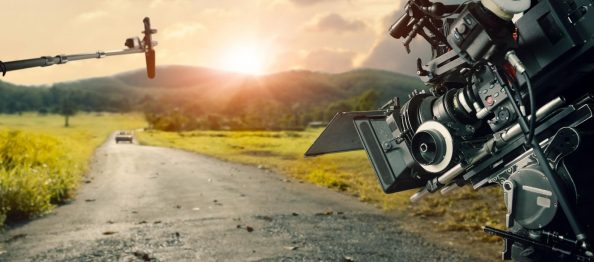
What considerations should you make?
It’s wise to firstly understand your project and what exactly you’re wanting out of stock footage, before choosing anything and everything and slamming it in-between frames. Deciding upon your theme/s—whether suspense and drama, romance, or action—is also key. Furthermore, here are questions you may need to ask yourself to help you narrow down what you need stock footage for:
- Does the footage match the overall aesthetic of my piece?
- Is the stock video accurate within the context of my project?
- What level of quality do I require? Which size and resolution? (4)
Final thoughts
Using high quality stock footage may be the answer to your disgruntled filming ambitions. There are many uses for these videos and also various types of licensing options, depending on your need. It’s wise to properly identify your project before diving in, in order to ensure that your chosen footage works appropriately within the piece.
References
- “Complete Guide To Stock Video: What Is It And Why You Need It”, Source: https://filmlifestyle.com/stock-video-complete-guide/
- “Stock Footage – What is It and How to Use It to Your Benefit”, Source: https://www.footagesecrets.com/usage/what-is-stock-footage/
- “Pricing”, Source: https://www.filmsupply.com/pricing?gclid=CjwKCAjwn6GGBhADEiwAruUcKmaK5sKCdowerFGfI806qeq47YM0uYVla7cDwy2WrR27EeGyynrJWxoCdA4QAvD_BwE
- “Stock Video Guide – What is Stock Footage and How to Use It”, Source: https://marketing.istockphoto.com/blog/complete-guide-to-stock-video/
